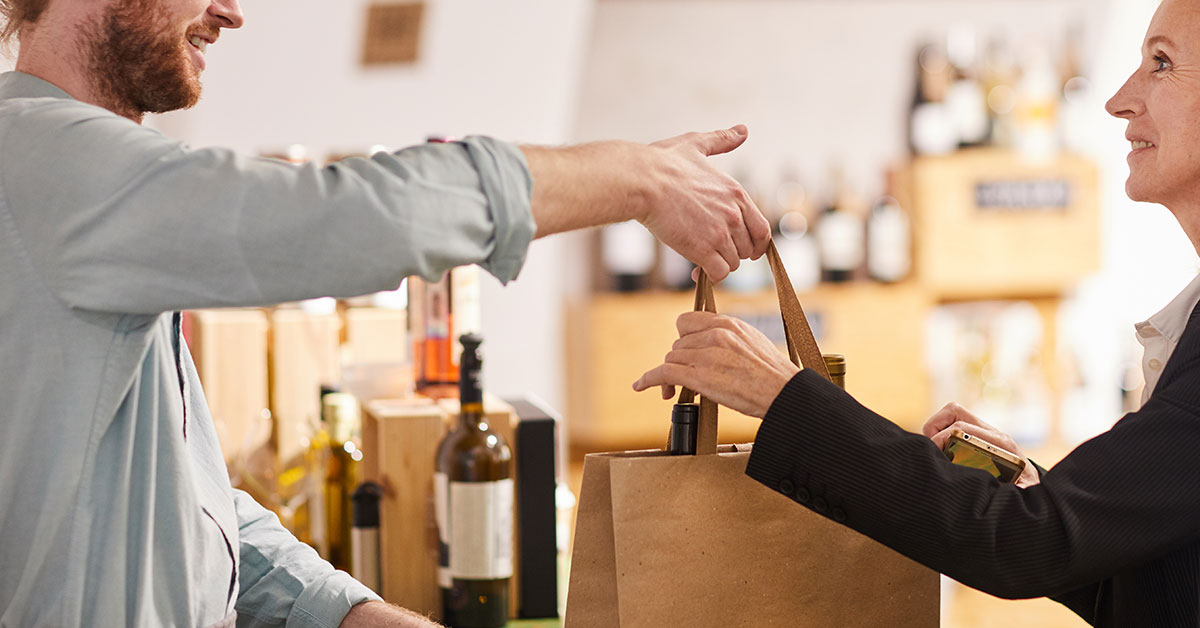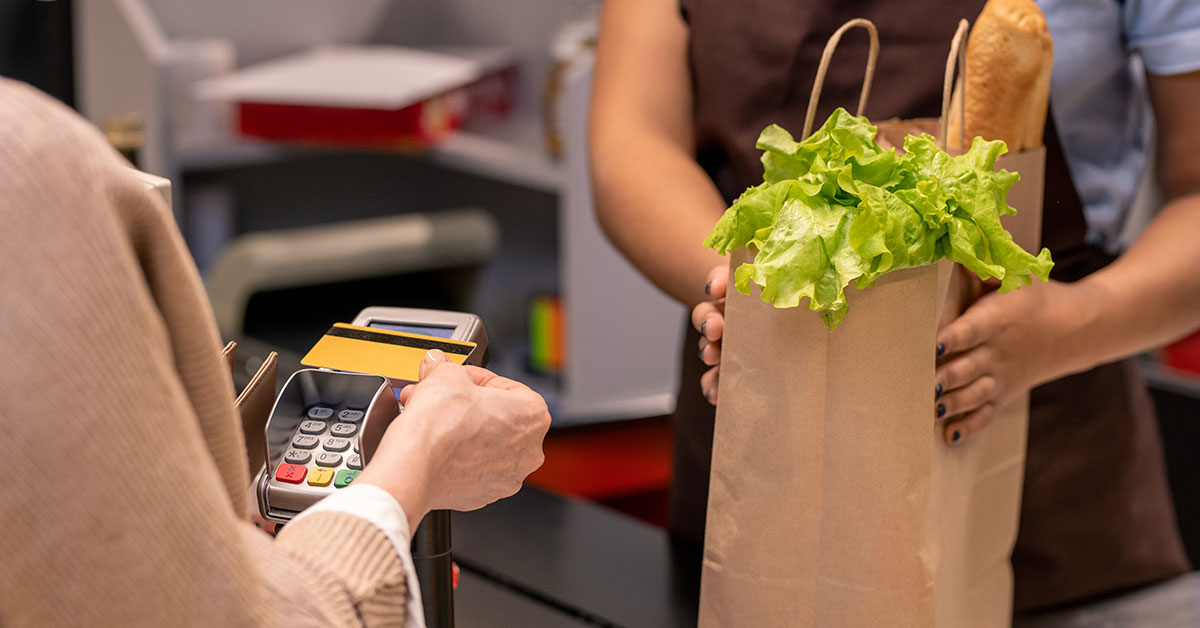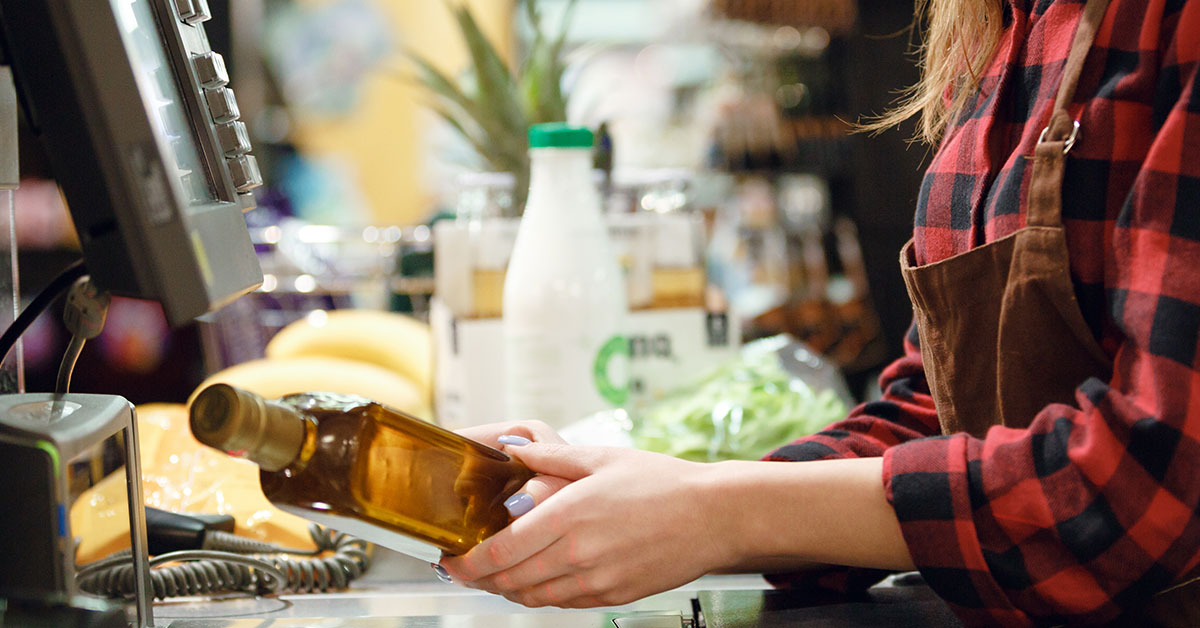Stories and interesting information on Point of Sale and POS System Equipment.
One thing that drives restaurant sales is convenience. People prefer food that they don’t have to cook for themselves and easy access to service. However, the coronavirus pandemic has forced many restaurants to serve customers with restrictions. Curbside pickup and contactless food delivery are allowed in most jurisdictions, while dine-in is prohibited or limited. As a result, online ordering is no longer an optional service but a necessity for restaurants. This article will show you how to set up online ordering for your restaurant business.
According to a survey by Statista, 34 percent of people spend up to $50 when ordering food online. Experts also predict that Internet food delivery will reach 200 billion by 2025. These studies show that enough consumers use online ordering for restaurants, making it a worthwhile investment, especially during the coronavirus pandemic. Letting customers order online can improve sales because it’s convenient, streamlines pickup, and delivery processes. And it helps customers feel safe during these troubled times.
Here’s how to set up online ordering for restaurants.
1. Consider your implementation options

First, you need to decide how you want to implement online ordering. There are three main ways to do so, and these are via a third-party marketplace platform, stand-alone solution, or POS with online ordering. Let’s take a look at each one.
Third-party marketplace platforms
Third-party marketplace platforms, such as Uber Eats, GrubHub, Doordash, and Just Eat, typically charge by sales commission. The cost may include a one-time joining fee and an ongoing monthly fee depending on the platform. These marketplaces usually handle payment processing and delivery for the restaurant. So you won’t have to hire a delivery driver or worry about processing online orders.
However, the massive downside to these platforms is that your competitors are typically listed next to your brand. And third-party marketplace platforms tend to charge pretty steep fees. So we’d recommend not relying on these platforms alone. Instead, make sure you also have an integrated ordering system on your website, so your restaurant can leverage the exposure on these marketplaces.
For example, you can include a coupon with each delivery to encourage the customer to order through your website next time. That way, you’ll keep more of your profits on the return visit.
Stand-alone Third-party Vendors
Third-party vendors like ChowNow or Social Taste provide stand-alone online ordering for restaurants. These companies allow you to integrate their system with your business. The vendor usually handles setup, and they typically support websites, including mobile app integrations. Many of them can also provide a website and mobile app if you don’t have those already.

Furthermore, some POS vendors offer stand-alone solutions, such as Toast. In this case, restaurants have the option of using the stand-alone online ordering feature with or without the POS system.
POS with online ordering
Using your POS system is probably the best way to go if you already have one with the feature. After all, you’re already paying for the POS, so there’s no additional cost. For example, TouchBistro (considered one of the best POS system for restaurants), lets customers complete orders on your website. Then the order is transmitted to your POS for fulfillment.
Using your POS with online ordering gives you more control over the data captured about your customers. Usually, there’s less control over the information obtained using a third-party platform.
Here are some of the possible advantages of using the feature that comes with your POS, though not a limited list.
You can set up a Facebook pixel (an analytics tool) on your website to retarget people that have visited it before.
Your restaurant can conduct email marketing campaigns using the data captured on the website.
You can more easily boost sales on slow days by leveraging loyalty programs and coupons. For instance, a restaurant can send text messages about offers to people who have opted in to receive such communications.
2. Optimize your food menu

The next step is to get your food menu ready for online ordering. This is super important because people interact slightly differently on the Internet. Think about the website navigation, food item presentation, and how you plan to up-sell customers. Get your photos and web copy ready to go as well, so you’ll have a smooth start.
Use the following tips when optimizing your menu items.
Take high-quality photos
‘A picture is worth a thousand words,’ so make sure your photos are delicious. Consider hiring a professional photographer unless you already have high-quality images. People buy food with their eyes and emotions, but seldom logic. Great photos help draw out the feelings that get customers to say ‘yes.’
Write enticing descriptions
When people order food from a website, the buyer journey typically goes like the following.
The consumer starts by looking at pictures, and when something catches their attention, they look at the food title.
If the title doesn’t scare them off, the customer will read the description.
If the description sounds good, they’ll consider the price, and if that’s great, the item goes in the cart.

Your food description greatly determines whether the customer picks a particular dish, so it has to be concise and tempting. Focus on specifying the food ingredients and any other relevant factors, such as how it’s served, health benefits, flavor, cooking method, and more. Keep your descriptions short for best results; only mention the most enticing things about the dish.
Highlight popular items
Showcase popular items or combos that you’d like to sell lots of, such as meal deals, high-ticket foods, and so on. The best POS system or third-party apps have a feature for highlighting food items. That can drive sales because it helps the customer decide faster, and you get to push your leading sellers.
3. Get your staff in the know
Let your staff know of your plan to start taking orders online. Employees may need training, depending on the implementation process you chose. If so, ask the vendor for a guide and start training early. Make sure you create a training plan with clear objectives.
4. Add online ordering
Now that you’ve chosen an implementation process, optimized your food menu, and informed your staff, it’s time for launch. If using a third-party marketplace platform, you simply need to enter your company information and menu items into their systems. Then link to the restaurant profile on the platform from your website.
If using a POS or stand-alone third-party platform, the vendor typically helps with set up. For example, Shopkeep provides a setup guide for restaurants on their website. The vendor may also have a dedicated team for assisting clients with implementation, depending on the complexities of the process.
5. Marketing

Prepare a marketing plan for letting your customers know about online ordering. You need to assure them that your delivery plus curbside pickup process is sound, and proper safety measures are in place.
Consider using all or some of the following contactless channels to spread the word.
Email – This is the best way to reach all your customers quickly if you have their email addresses.
Phone calls – A phone call is generally more personal and presents a more intimate opportunity to convey how much you appreciate your customers.
Social media – Social channels like Facebook and Instagram have vast audience targeting features you can use to reach customers. For example, you can locally target people that are interested in your competitors, certain foods, or live in a specific area within the city.
Your website – Make sure the option to order online is highly visible on your website.
News – Consider putting out a press release since several news outlets should pick up the message and amplify it.
Online ordering is essential
Online ordering is the most logical step forward to keep restaurants thriving during the COVID-19 pandemic (and beyond). It’s convenient for customers and streamlines the order process. The system collects the customer’s information, food order, and payment, so your staff can focus on fulfillment. If you follow the steps in this article, there’s no doubt that your restaurant will successfully implement online ordering.
This article was first provided on this site.

We hope you found the article above useful and/or interesting. You can find similar content on our main site here: enterprisepointofsale.com
Please let me have your feedback below in the comments section. Let us know which topics we should write about for you in the future.
